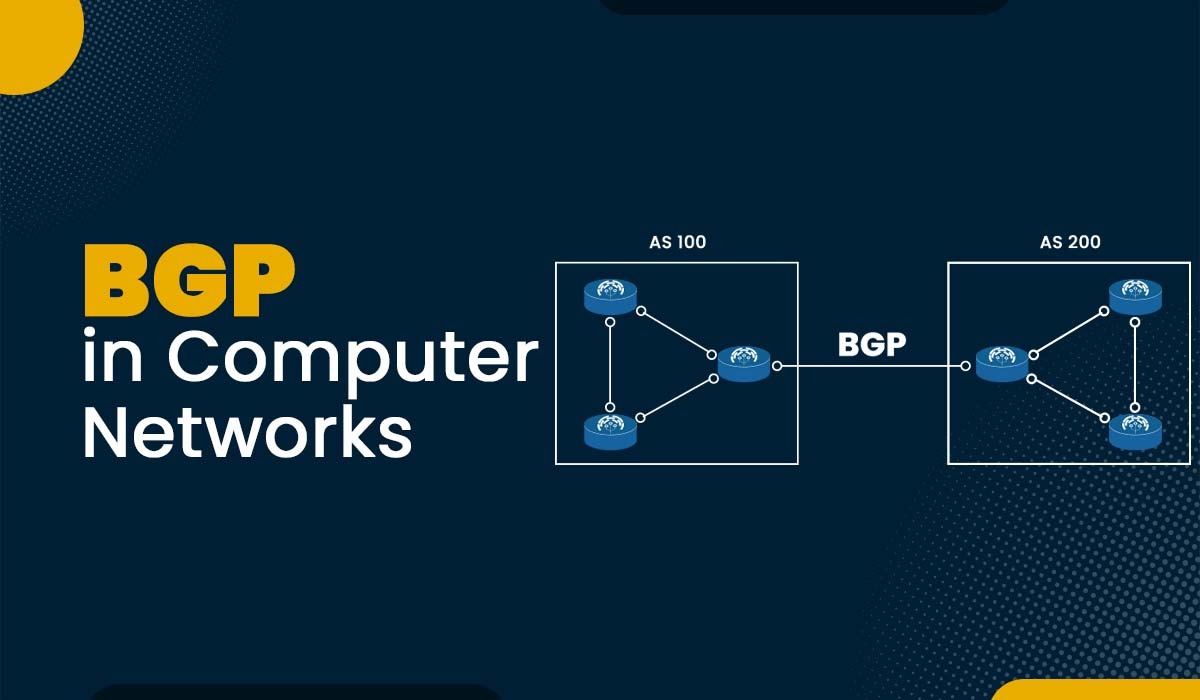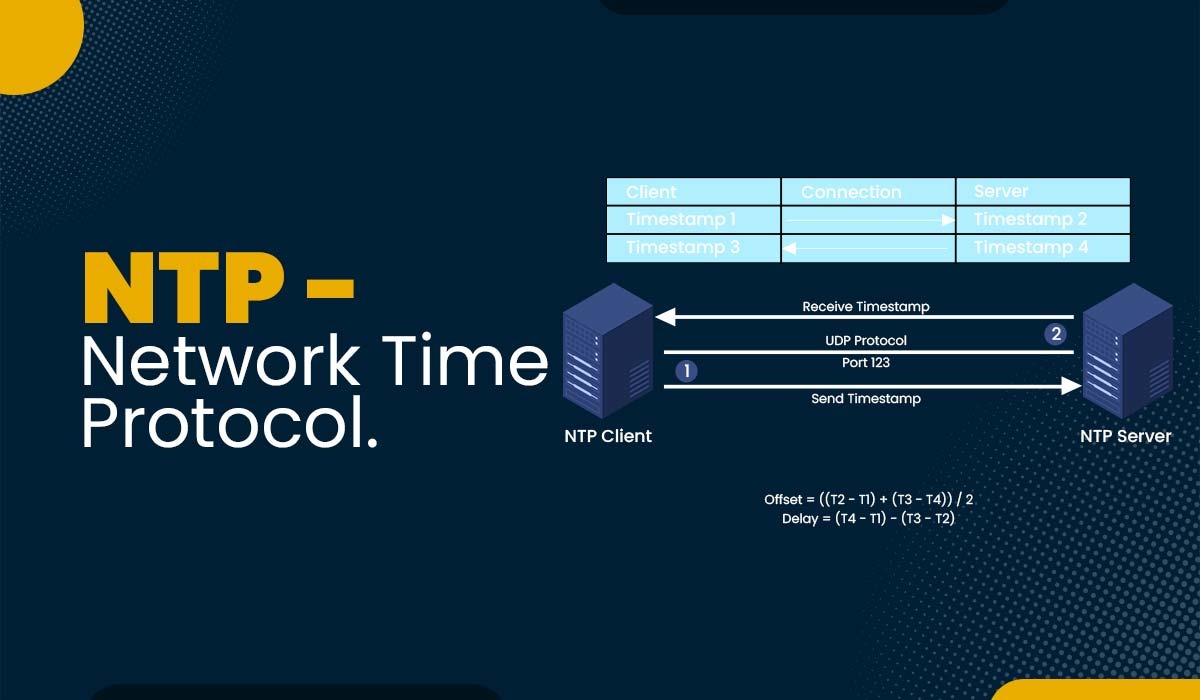
Introduction The Internet Protocol (IP) address provides a unique identifier that is allocated to each device that is connected to the Internet. It allows communication and information sharing among multiple devices. IPv4 has a limit of 4.3 billion addresses. This limit, however, has been reached and depleted as more and more devices are connected to […]
Read More
Introduction There are many different routing protocols used in computer networks that allow communication between various devices. BGP in computer networks is one of the most important protocols used to exchange data between different AS (Autonomous Systems). It’s the standard protocol for communication between ISPs and also between businesses and ISPs. BGP contains complete routing […]
Read More
Introduction Routing is a fundamental concept in the field of data communication networks. Routing allows the transmission of data from a specific source address to a designated destination address across a network that is interconnected. Routing takes place at the network layer, specifically Layer 3, within the framework of the Open Systems Interconnection (OSI) reference […]
Read More
Introduction The scope of IT companies has been expanded due to networking. Networking is the backbone of any modern business, enabling communication, collaboration, and data sharing among employees, customers, and partners. Innovations in the networking industry have brought about a revolution in business practices. Almost all networking companies in India are reacting quickly and effectively […]
Read More
Introduction If someone thinks India’s IT sector has reached its full potential, they are wrong. IT industry not only expands in India and throughout the globe but also will overtake other industries. The future of IT industry in India is bright as there has been a lot going on, such as the introduction and implementation […]
Read More
Introduction The modern age of technology is seeing a rise in the number of cyber-attacks, with DoS and DDoS attacks being the most popular forms of such attacks. The purpose of such attacks is to cause a website or network to become unavailable to its intended users by flooding it with an excessive amount of […]
Read More
Introduction One of the challenges of network switching is to avoid loops in the network topology. Loops can cause problems such as broadcast storms, multiple frame copies, and MAC address table instability. To prevent loops, switches use a protocol called Spanning Tree Protocol (STP). STP creates a logical tree structure of the network by blocking […]
Read More
Introduction Nowadays, the Internet provides an easy way for candidates to prepare for interviews by getting answers to various queries. In the past, individuals had to go through all relevant books and materials to prepare for an interview. Currently, there is an abundance of easily accessible collections of interview questions with answers. Therefore, the process […]
Read More
Introduction Let’s uncover what is NTP by exploring its feature and functionality. Time synchronization is of utmost importance for modern computer networks, as various network management, security, planning, and debugging techniques require accurate time measurement for determining the timing of events. The task of safeguarding precise time can be difficult due to the tendency of […]
Read More
Introduction The shift from wired to wireless LANs (WLANs) is a result of people’s growing need for portability and adaptability in their everyday lives. WLANs are widespread in the modern world. Wireless LANs are available everywhere, from homes to businesses to cafes to many public spaces, guaranteeing that we will always have access to the internet. WLANs […]
Read More
Introduction File transfer is one of the most common and essential tasks in computer networks. Whether downloading a file from a website, uploading a file to a cloud service, or sending an email attachment, file transfer is involved in some way. But have you ever wondered how file transfer works and what are the protocols […]
Read More
Introduction OSPF is a routing protocol that is widely used in large and complex networks. The Open Shortest Path First (OSPF) protocol is classified as an Interior Gateway Protocol (IGP). It is utilized to determine the optimal routing path between a source and destination router by implementing the shortest path first (SPF) algorithm. OSPF Protocol […]
Read More










